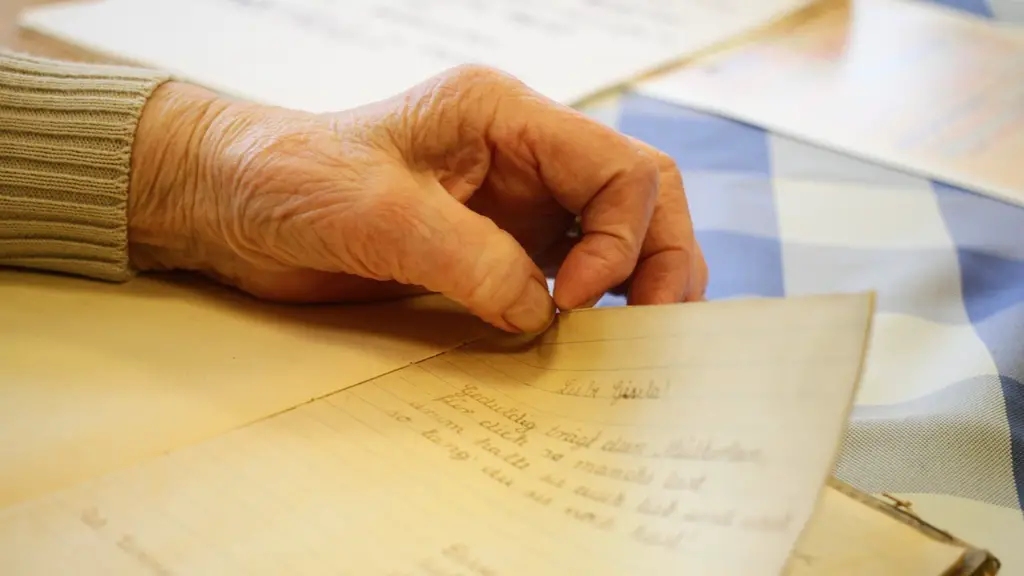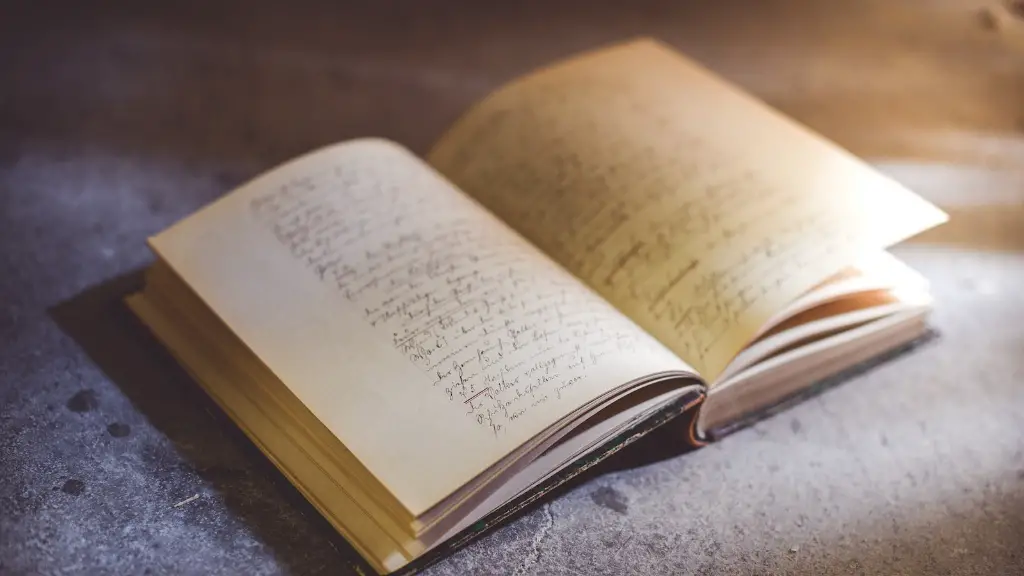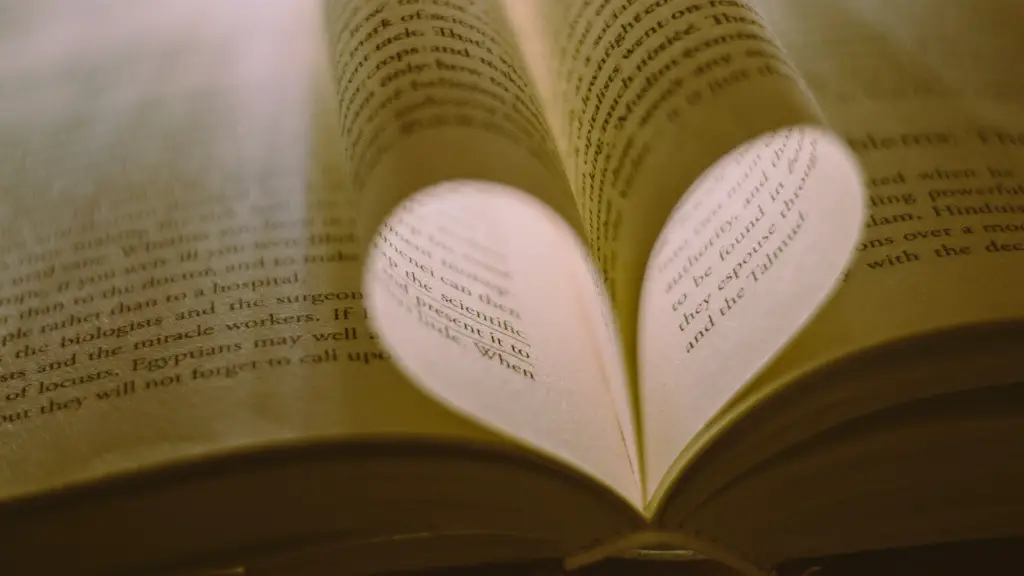History
Poetry has been around since the invention of written language. Ancient civilizations in Mesopotamia, Egypt and China used poetry to express emotion and tell stories. Ancient Greek and Roman poets wrote about the gods and goddesses, nature, love and war. In medieval Europe, ballads, epics and sonnets were some of the most popular forms of poetry. Since the 19th century, modern poets such as Robert Frost, T.S. Eliot and W.B. Yeats have sought to combine traditional forms of poetry with a more modern approach.
Writing poetry is a wonderful way to express yourself and share your ideas or feelings. It encourages creativity and reflection while allowing you to explore different forms and styles. Writing poetry can be a powerful tool for self-expression, healing and growth.
Styles and Forms
Different forms and styles of poetry can be used to suit the needs of the poet or the subject. From sonnets and odes to free verse and haiku, there is a wide variety of poetic forms to explore. The traditional forms such as sonnets, ballads and epics typically follow a set structure, while newer forms such as spoken word poetry often have fewer rules and restrictions.
No matter what form you choose, there are some tips that you can keep in mind as you write. Pay attention to the rhythm of your words and sentences, use symbolic language and imagery, and make sure that your poem follows a central idea or theme. Additionally, consider how your poem will be read and shared. Will it be read aloud to an audience or read silently to oneself?
Elements of Poetry
There are several elements that are commonly found in most forms of poetry. It is important to be familiar with these elements in order to understand and write successful poems. Two of the most important elements of poetry are rhyme and meter. Rhyme is the repetition of the same or similar sounds at the end of words or lines. Meter is the pattern of stressed and unstressed syllables in a line of poetry.
In addition to rhyme and meter, many poems also incorporate imagery and symbolism. Imagery is the use of vivid visual descriptions to evoke a strong emotional response from the reader. Symbolism is the use of symbols or figures of speech to represent abstract ideas or concepts.
Tools and Resources
Fortunately, there are many tools and resources available to help you get started on your poetry journey. There are numerous books and websites devoted to different forms and styles of poetry. Additionally, there are free online resources such as poetry forums, workshops and other services that offer helpful advice and feedback.
It is also helpful to read and study the work of published poets and attend poetry readings and slams. These events are great opportunities to learn more about poetry and network with other poets. Finally, create a community of like-minded writers and poets who can provide moral support and constructive criticism.
Performance and Publication
For many poets, the ultimate goal is to share their work publicly. Whether you are performing your poem at an open mic night or submitting it to a literary journal, there are several ways to showcase your work. You can also share your work online through blogs, websites and social media.
In addition to performance and publication, there are also many other opportunities for poets to communicate their work and connect with others. Participating in poetry slams and workshops, attending readings and reaching out to other poets are all great ways to engage with the poetic community.
Conclusion
Writing poetry can be a powerful and rewarding experience. By understanding the different forms and elements of poetry and familiarizing yourself with the various tools and resources, you can begin to explore the wonderful world of poetry.


